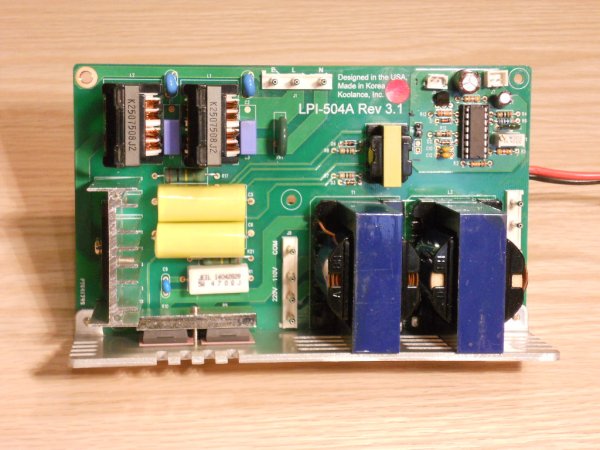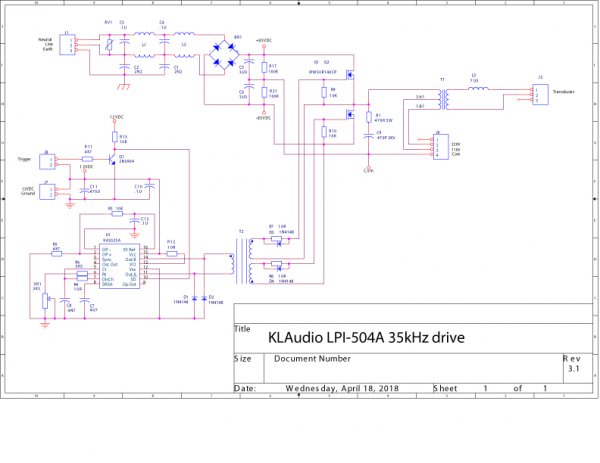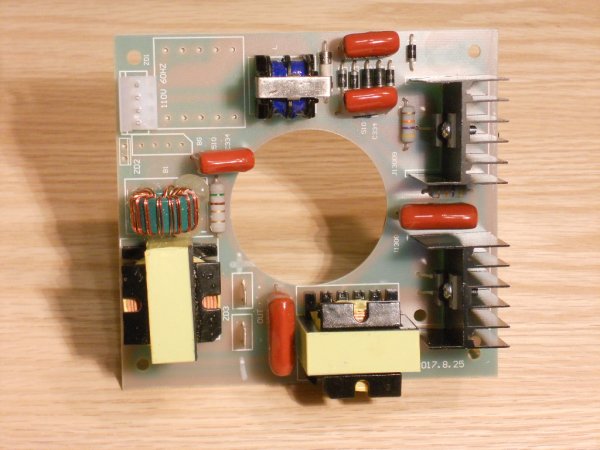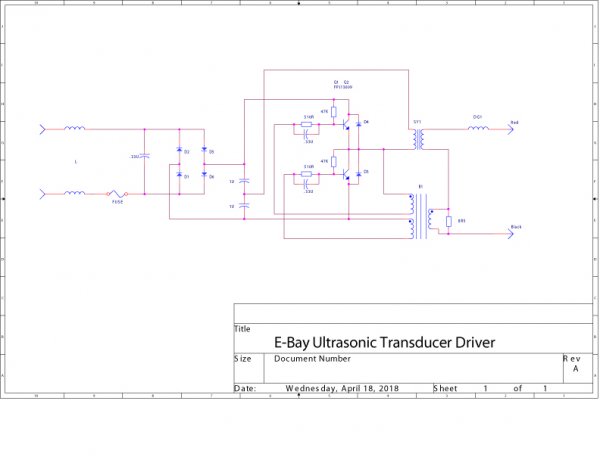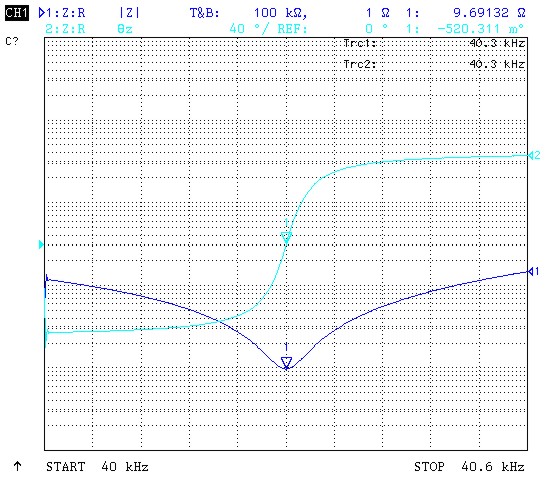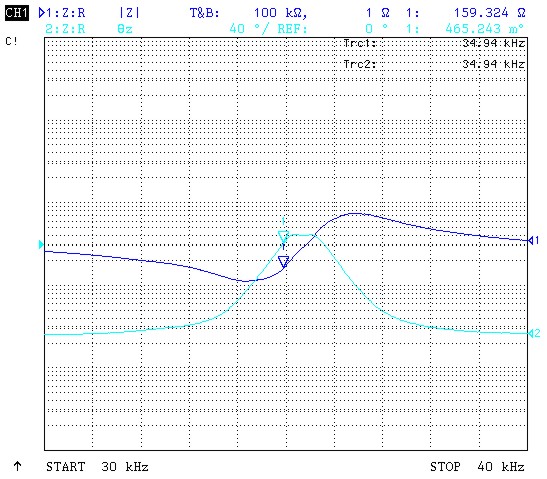Hi y’all, just a few words on what I think is a worthy alternative to the Audio Desk Systeme and KLAudio ultrasonic cleaners.
http://degritter.com/media-kit/
I’ve been a beta tester on the Degritter for the last few weeks, and am happy to offer my opinions and answer any qs for those interested.
I believe official launch is in early May, and at this stage after a couple of quibbles in day to day use, I’m planning to keep my unit, it’s been a pretty good success, and invaluable addition to day to day life as a vinyl addict.
http://degritter.com/media-kit/
I’ve been a beta tester on the Degritter for the last few weeks, and am happy to offer my opinions and answer any qs for those interested.
I believe official launch is in early May, and at this stage after a couple of quibbles in day to day use, I’m planning to keep my unit, it’s been a pretty good success, and invaluable addition to day to day life as a vinyl addict.
Last edited by a moderator:


